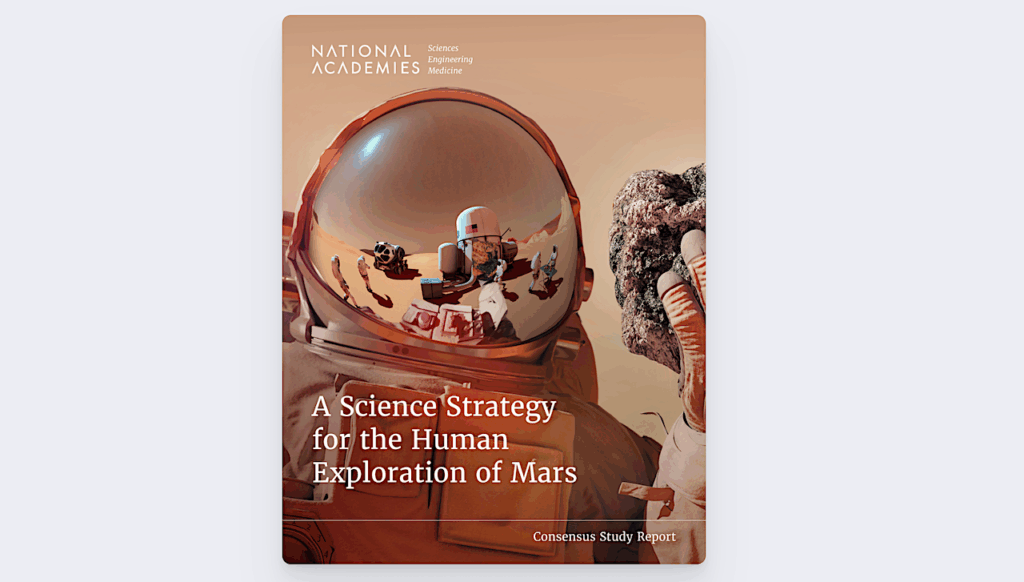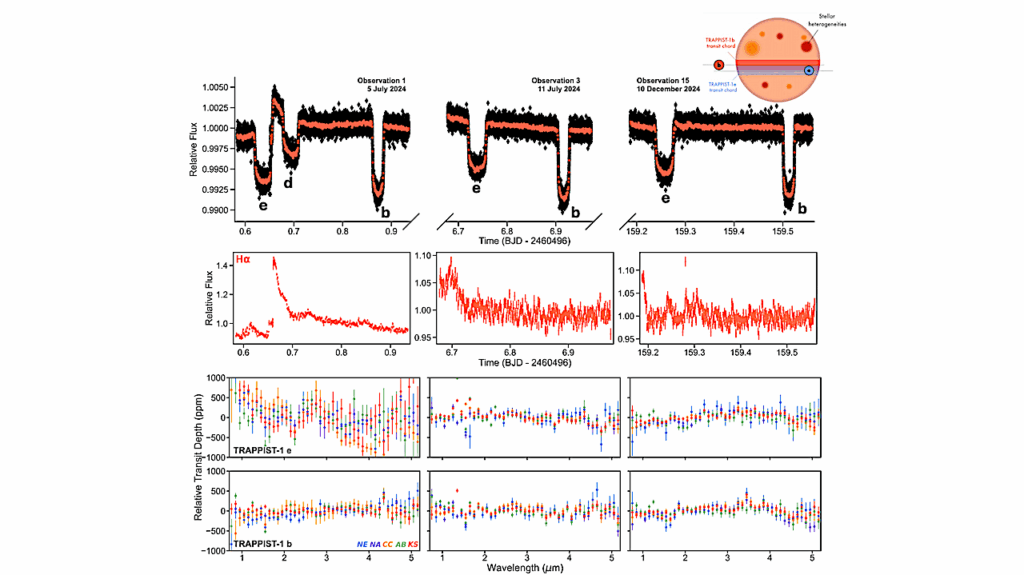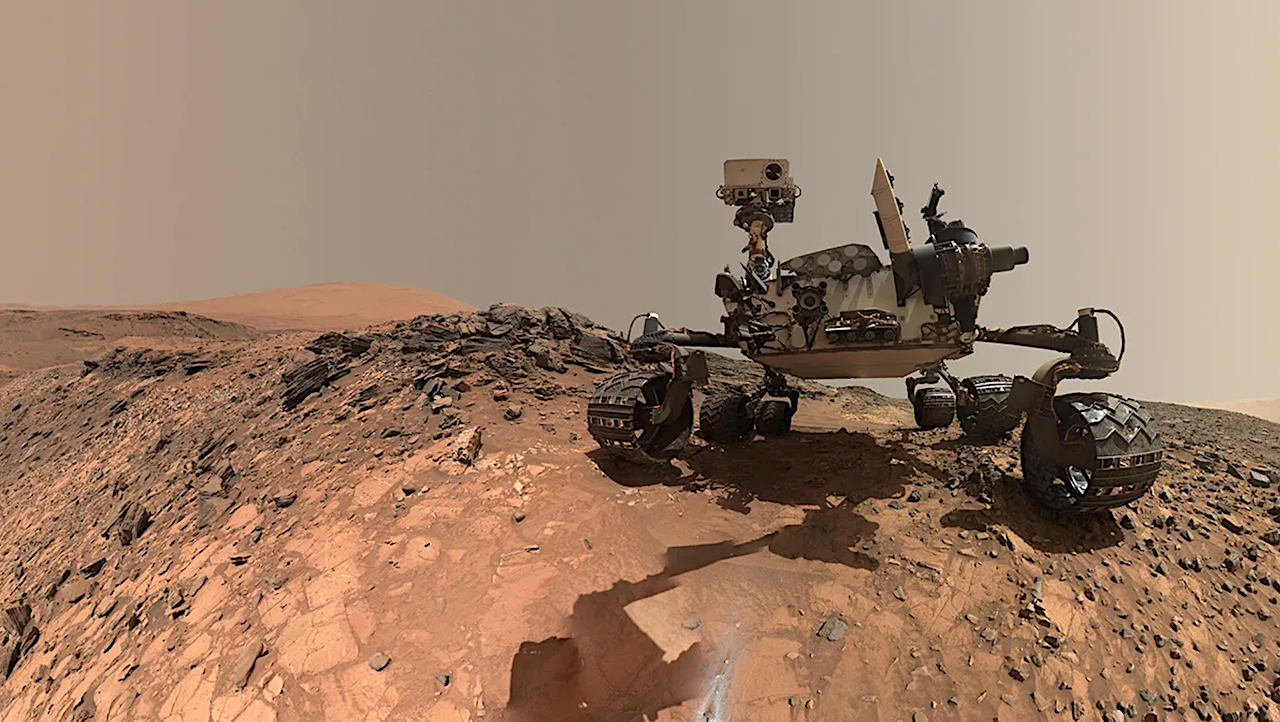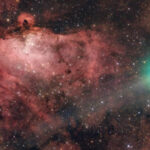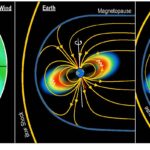Now Reading: Uranus Flagship Science-Driven Tour Design: Community Input Poll
-
01
Uranus Flagship Science-Driven Tour Design: Community Input Poll
Uranus Flagship Science-Driven Tour Design: Community Input Poll
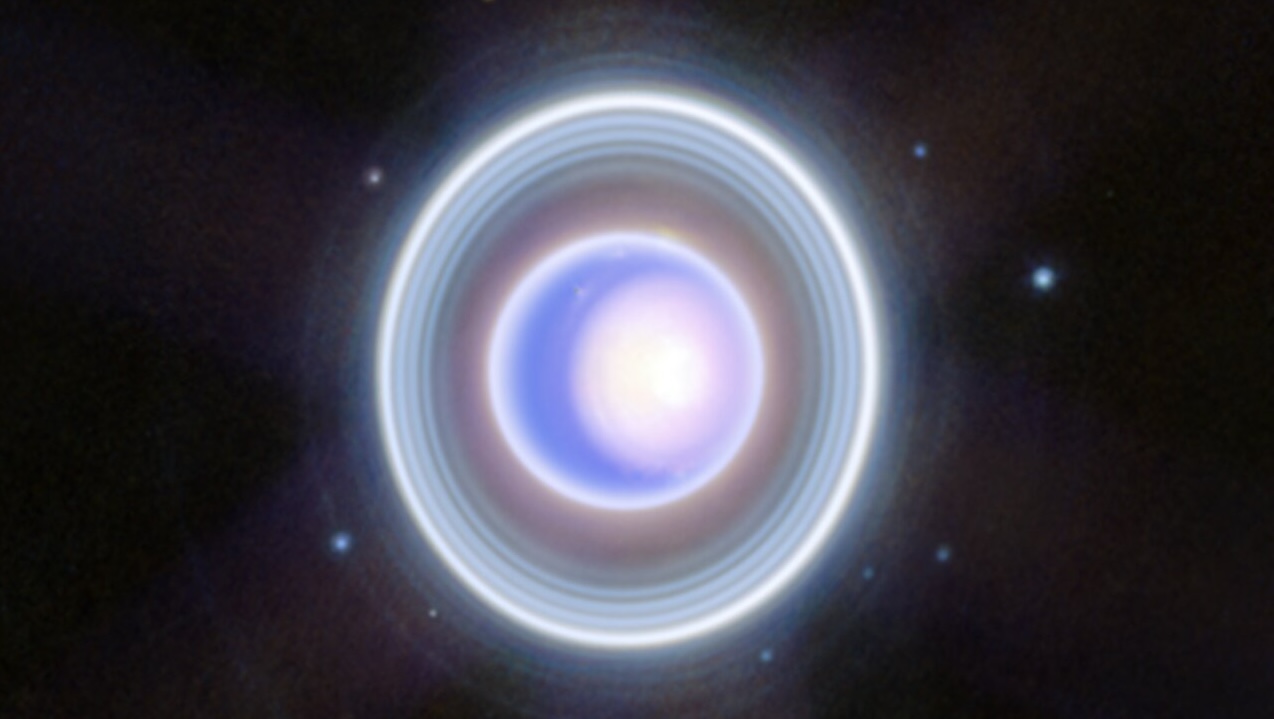

The highest priority Planetary Flagship from the Planetary Science and Astrobiology Decadal Survey is the Uranus Orbiter and Probe.
This mission enables broad, cross-disciplinary science of an ice giant system, including the planet, moons, rings, and magnetosphere. The ice giants represent a size class of planet that is largely unexplored but that is common among extrasolar planet systems.
At the same time, Uranus is unique, possessing a regular satellite system, rings, and a complex magnetosphere surrounding a planet tilted over for extreme seasonal variation. Exploration of the Uranian system is guided by a broad suite of science Objectives and through remote sensing, in situ probe, and fields and particles experiments.
Due to the rapid nature of the Decadal concept study, the orbital tour could not be perfectly optimized, but a best effort was made to include orbit insertion, probe release and relay, and multiple satellite flybys; some Objectives were necessarily better met than others by this tour.
The mission’s tour trajectory can be optimized to meet any of the Decadal Science Objectives, by focusing on a particular system target, for example magnetosphere, satellites, or planet interior, but the best tour will simultaneously meet the highest priority measurements for every Objective.
The community-led (with no institutional or NASA sponsorship) poll described here was designed to collect broad science inputs on the tour parameters required for each Decadal Science Objective.
Here we present results aggregated by Objective, as well as compared longitudinally, of the highest priority tour needs identified across all Objectives. Both the raw and aggregated data are made publicly available for future white papers, tour and trajectory work, as well as mission and instrument design teams, but the results are not binding nor decisional in any way.


UOP Decadal Science Objectives and Measurements — astro-ph.IM
Maximizing Science Return for a Uranus Flagship Mission Using Aerocapture, LPI 2024
Amy Simon (NASA GSFC), Ian Cohen (Johns Hopkins University Applied Physics Lab), Matthew Hedman (University of Idaho), Mark Hofstadter (Jet Propulsion Laboratory), Kathleen Mandt (NASA GSFC), Francis Nimmo (U.C. Santa Cruz)
Comments: data available on Zenodo
Subjects: Instrumentation and Methods for Astrophysics (astro-ph.IM); Earth and Planetary Astrophysics (astro-ph.EP)
Cite as: arXiv:2505.05514 [astro-ph.IM] (or arXiv:2505.05514v1 [astro-ph.IM] for this version)
https://doi.org/10.48550/arXiv.2505.05514
Focus to learn more
Submission history
From: Amy Simon
[v1] Wed, 7 May 2025 13:33:09 UTC (5,705 KB)
https://arxiv.org/abs/2505.05514
Astrobiology
Stay Informed With the Latest & Most Important News
Previous Post
Next Post
-
 012024 in Review: Highlights from NASA in Silicon Valley
012024 in Review: Highlights from NASA in Silicon Valley -
 02Panasonic Leica Summilux DG 15mm f/1.7 ASPH review
02Panasonic Leica Summilux DG 15mm f/1.7 ASPH review -
 03How New NASA, India Earth Satellite NISAR Will See Earth
03How New NASA, India Earth Satellite NISAR Will See Earth -
 04From Polymerization-Enabled Folding and Assembly to Chemical Evolution: Key Processes for Emergence of Functional Polymers in the Origin of Life
04From Polymerization-Enabled Folding and Assembly to Chemical Evolution: Key Processes for Emergence of Functional Polymers in the Origin of Life -
 05And Thus Begins A New Year For Life On Earth
05And Thus Begins A New Year For Life On Earth -
 06Astronomy Activation Ambassadors: A New Era
06Astronomy Activation Ambassadors: A New Era -
07SpaceX launch surge helps set new global launch record in 2024












